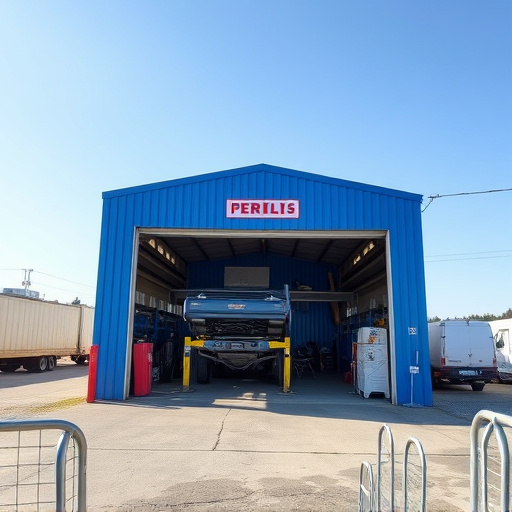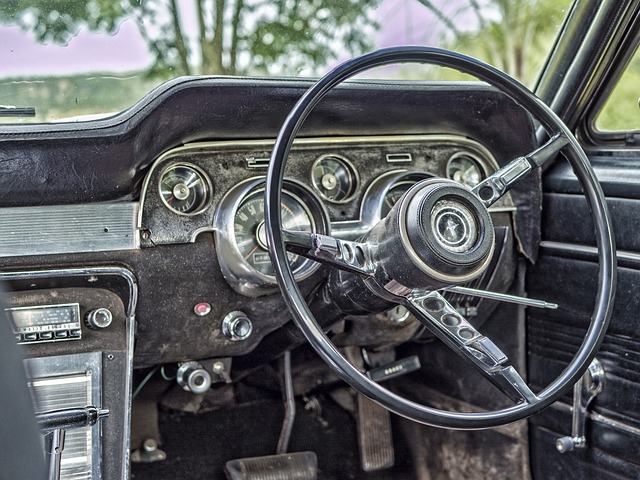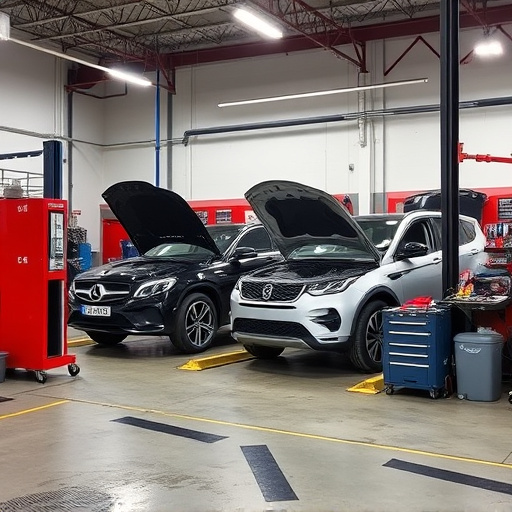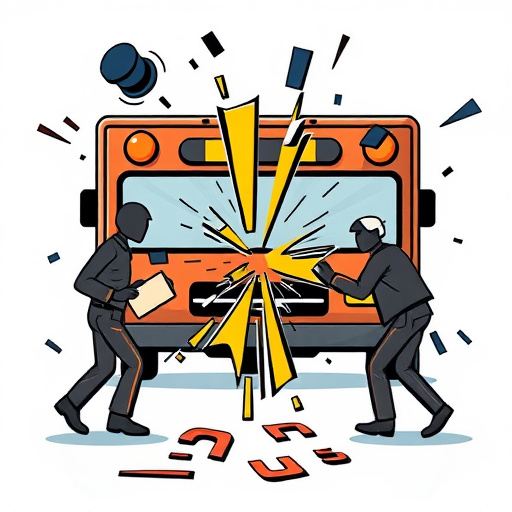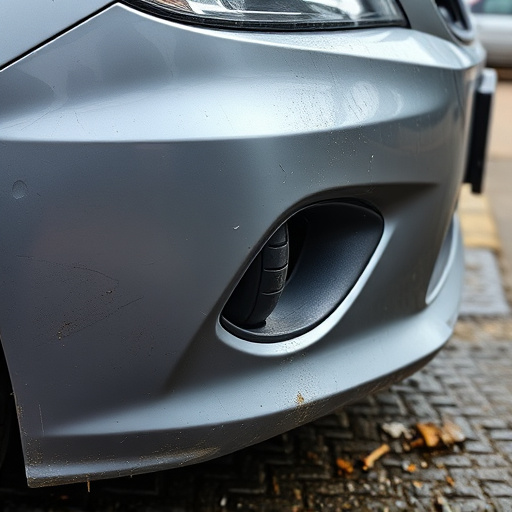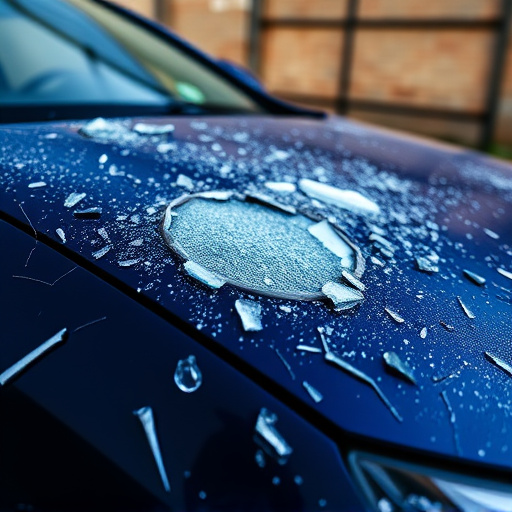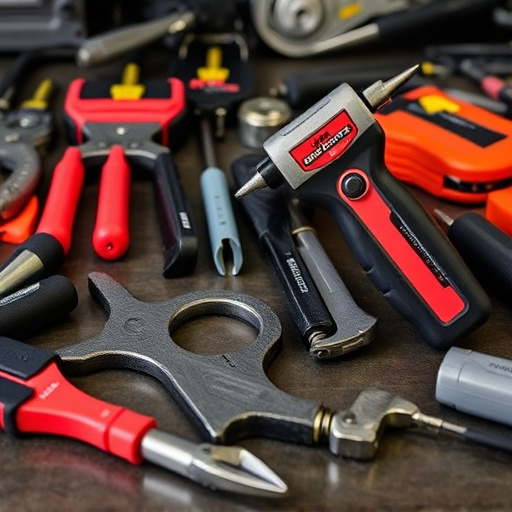Auto body moldings are crucial for both protecting vehicles from damage and restoring them after accidents. Essential in collision repair, these tailored pieces enhance aesthetics and functionality, guiding technicians for precise repairs. Choosing the right moldings, made of materials like plastic or steel, is vital based on vehicle damage extent; specialized moldings ensure tire services and wheel repairs align perfectly with original vehicle aesthetic.
Auto body moldings play a pivotal role in collision repair shops, serving as essential components that contribute to precise and efficient repairs. These intricate pieces not only enhance a vehicle’s aesthetic appeal but also ensure structural integrity during the restoration process. Understanding the diverse roles of moldings is crucial for technicians aiming to deliver high-quality work. By selecting the right auto body moldings, repair shops can streamline their processes, achieve better outcomes, and ultimately satisfy customers seeking top-notch craftsmanship.
- Understanding Auto Body Moldings: Essential Components
- The Role of Moldings in Collision Repair Process
- Choosing the Right Moldings for Efficient Repairs
Understanding Auto Body Moldings: Essential Components
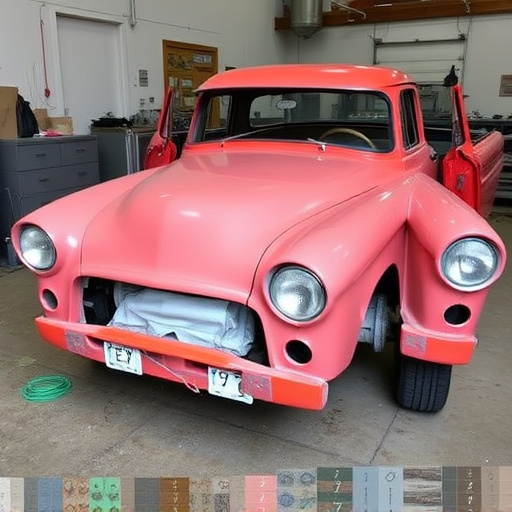
Auto body moldings are integral components of modern vehicles, serving both functional and aesthetic purposes. These precise, tailored pieces fit seamlessly around a car’s exterior, defining its shape and protecting it from damage. In collision repair shops, auto body moldings play a crucial role in restoring vehicles to their pre-accident condition, ensuring not just visual appeal but also structural integrity.
Understanding auto body moldings is essential in the context of automotive body work and car collision repair. They are designed to cover and protect vulnerable areas such as fenders, door panels, and bumpers. In case of a car accident or minor scratches, these moldings can be easily replaced, making them a cost-effective solution for car scratch repair compared to more complex automotive body work. Their flexibility and durability ensure they maintain the vehicle’s original look and feel while withstanding the rigors of everyday driving.
The Role of Moldings in Collision Repair Process
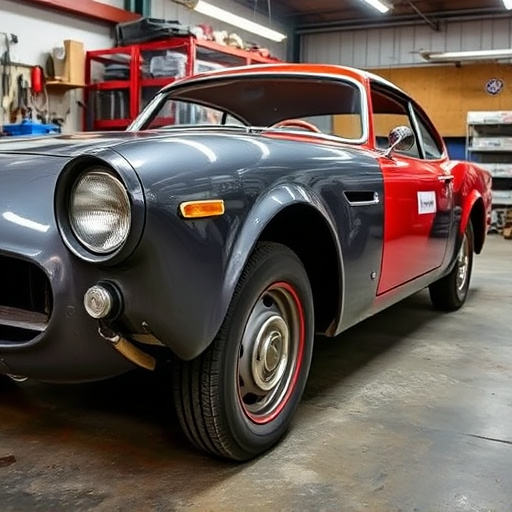
Auto body moldings play a pivotal role in the collision repair process, serving as more than just aesthetic components. These precise and intricately designed pieces are integral to restoring a vehicle’s structural integrity after a collision. Moldings help align and secure various parts of the vehicle bodywork, ensuring that panels fit perfectly together following repairs. By accurately recreating the original vehicle body shape, moldings minimize visible dents and scratches, enhancing the overall aesthetics of the car.
Beyond their structural and cosmetic functions, auto body moldings also facilitate efficient dent repair and vehicle body repair processes. They act as guides for technicians, ensuring precise measurements and angles during the restoration work. This precision leads to faster turnaround times and higher quality outcomes, ultimately satisfying customers who seek top-notch collision repair services.
Choosing the Right Moldings for Efficient Repairs
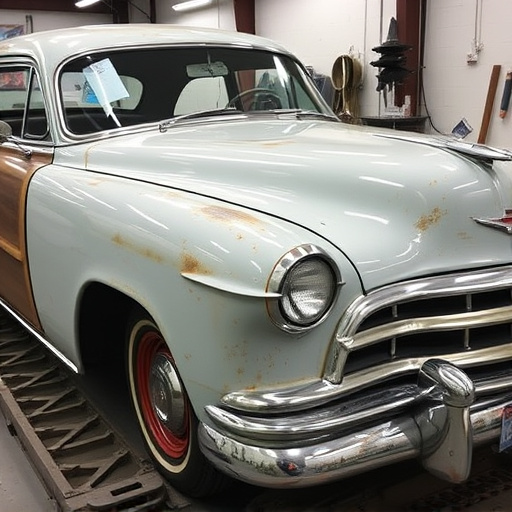
Choosing the right auto body moldings is a critical step in ensuring efficient collision repair. With various materials and designs available, it’s essential to select moldings that match both the original vehicle specifications and the extent of the damage. For instance, for minor dents and scratches, plastic or polycarbonate moldings can be effective due to their flexibility and ease of application. However, for more significant crashes involving panel replacement, steel or aluminum moldings might be more suitable, offering durability and precision fitting.
In addition to material, considering the specific needs of each repair job is key. For tire services or wheel repairs, specialized moldings that accommodate wheel arches and tire clearances must be used. Similarly, autobody repairs requiring precise alignment demand high-quality, tailored moldings for accurate results. Even minor dent repairs benefit from suitable moldings to ensure the damaged area is restored seamlessly, preserving the vehicle’s original aesthetic.
Auto body moldings play a vital role in collision repair, ensuring precise and efficient restoration. By understanding their function and selecting the appropriate ones, repair shops can achieve high-quality results, enhancing customer satisfaction. Incorporating the right auto body moldings into your collision repair process is a game-changer, enabling you to navigate the intricate details of each vehicle with ease.
